Two oceanographic buoys were recently deployed off the coast of Limassol. These buoys are part of the environmental monitoring network of the Sea Traffic Management in the Eastern Mediterranean (STEAM) Project (INTEGRATED/0916/0063 – RESTART 2016-2020 program) for the Port of Limassol. The buoys also act as testing platforms for the Maritime Cognitive Decision Support System (MARI-Sense) Project (INTEGRATED/0918/0032 – RESTART 2016-2020 program). The buoys employ a combination of sensors that measure water surface temperature, salinity, chlorophyll, hydrocarbons, and other water quality parameters.
Cyprus Subsea developed an environmental plan based on the needs and recommendations of expert scientists and port stakeholders including the Cyprus Port Authority (CPA), VTS Vasiliko Terminal Services, DP World Limassol and Eurogate Container Terminal Limassol. Cyprus Subsea collaborated with the University of Nicosia, Cyprus University of Technology and Cyprus Marine and Maritime Institute to prepare and deploy the buoy.
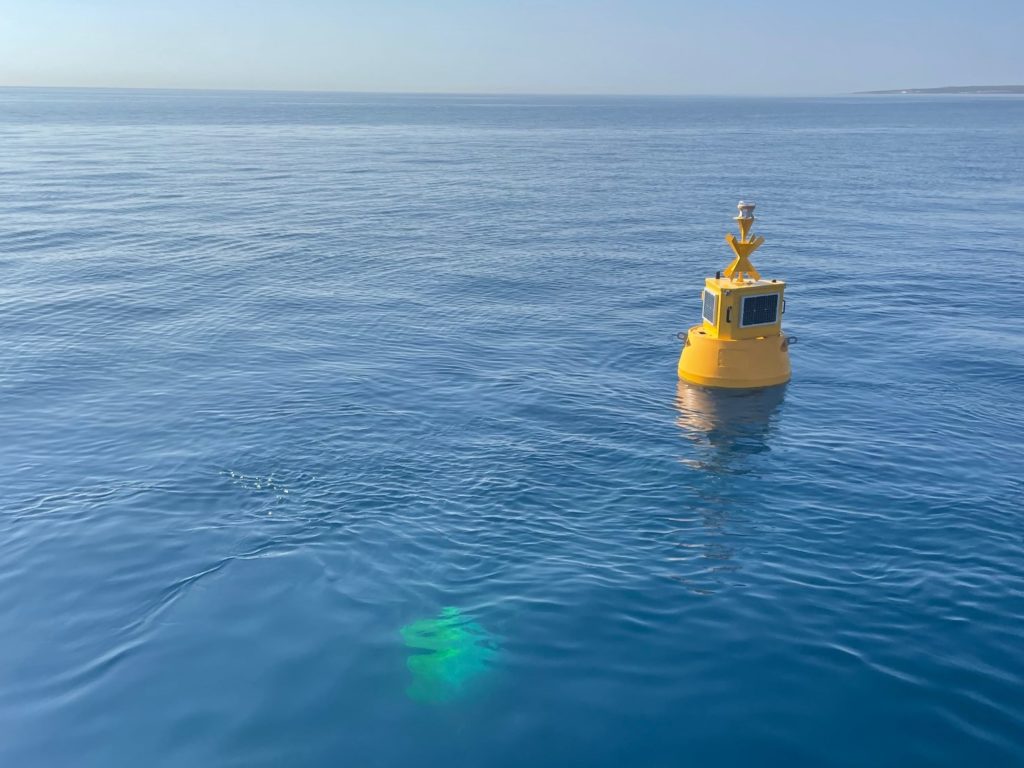
Each research buoy consists of a central steel structure with buoyancy provided by UV stabilized rotationally-molded polyethylene floats. Mobilis manufactured these buoys.
For each one, Cyprus Subsea integrated the required oceanographic instruments, a communication system and a renewable energy system to power the instruments and communication electronics. The communication systems transmit the ocean data to onshore servers for stakeholders to view the measurements in real-time.
Oceanographic Instruments & LoRa Technology
The research buoys have a combination of oceanographic instruments that measure:
- conductivity
- temperature
- turbidity
- chlorophyll
- CDOM/fDOM
- refined fuels
LoRa technology transmits this ocean data to users onshore. LoRa-based devices translate data into RF signals that can be sent and received over the air. The extremely long-range data links also require little power.
Deployment of Buoys
In addition to this integration work, Cyprus Subsea coordinated the construction of the mooring systems and final buoy deployments.
Each mooring system consists of robust marine-grade shackles, swivels, braided rope, stud chain and subsurface float. A 1.5 ton steel-reinforced cement block sinker anchors the buoy to the seafloor. The mooring system design allows each buoy to move freely within a small defined radius, while at the same time avoiding submersion during the maximum expected waves.
ERDDAP Data Server
Real time ocean data from the various sensors integrated on the two research buoys are now available to view and download through this web data service.
erddap.cyprus-subsea.com
ERDDAP is a data server that provides users a simple, consistent way to download subsets of gridded and tabular scientific datasets in common file formats. Complete data sets will be uploaded regularly, as the sensors are brought in for maintenance and data extraction.

The Sea Traffic Management in the EAstern Mediterranean (STEAM) Project is co-financed by the European Regional Development Fund and the Republic of Cyprus through the Research and Innovation Foundation (grant number INTEGRATED/0916/0063).

The Maritime Cognitive Decision Support System (MARI-Sense) Project is co-financed by the European Development Fund and the Republic of Cyprus through the Research and Innovation Foundation (grant number INTEGRATED/0918/0032).



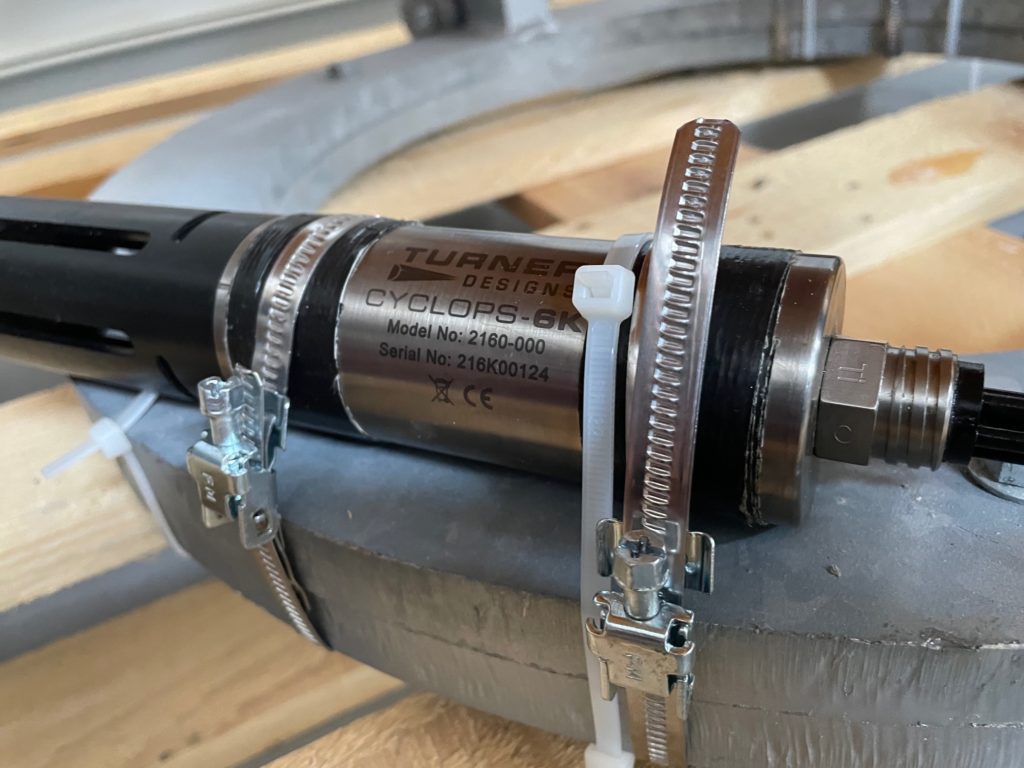


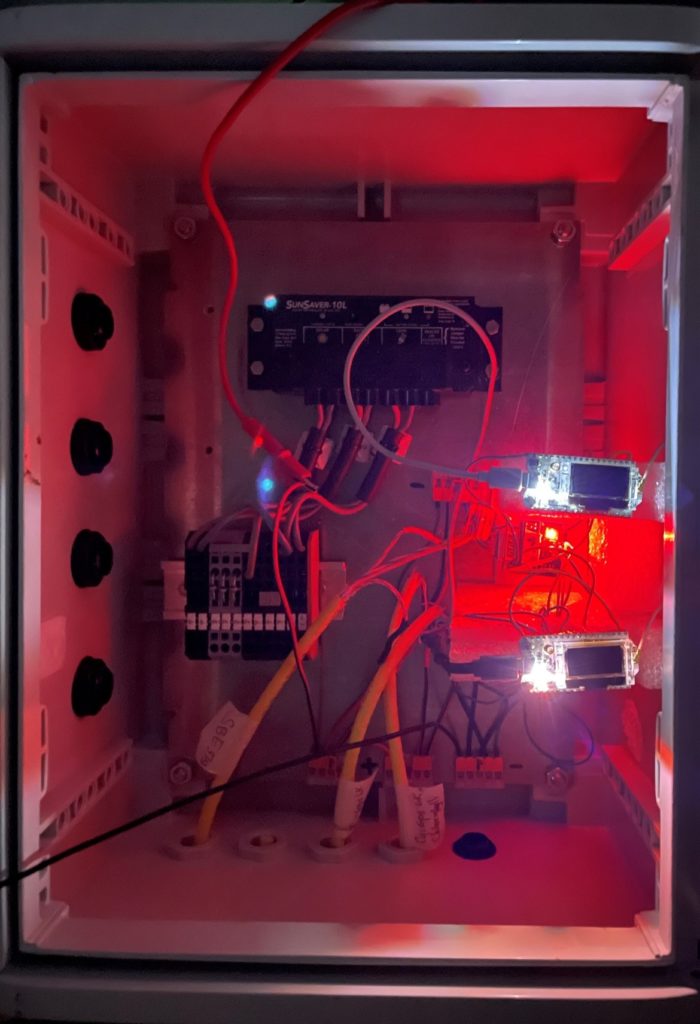

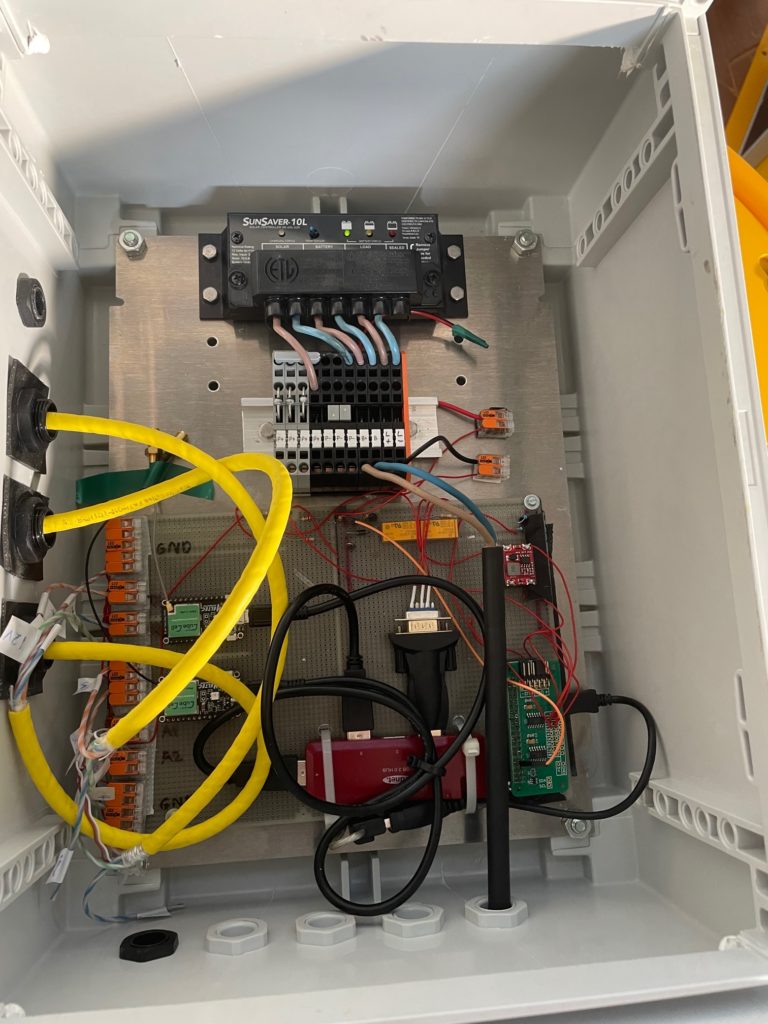

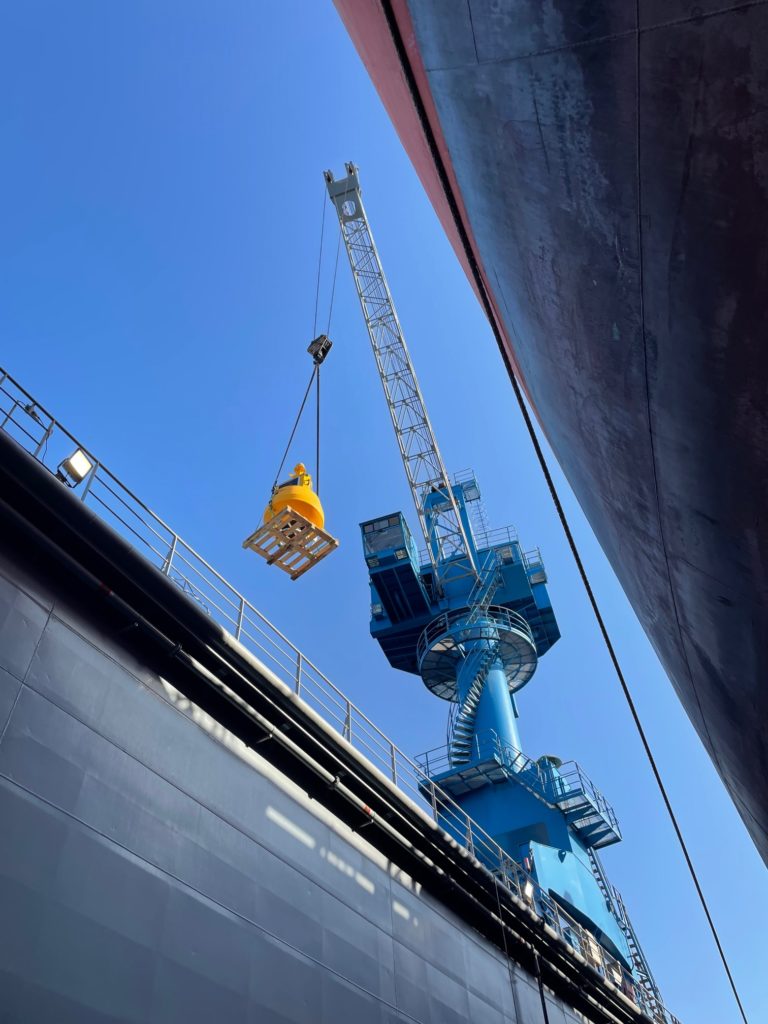

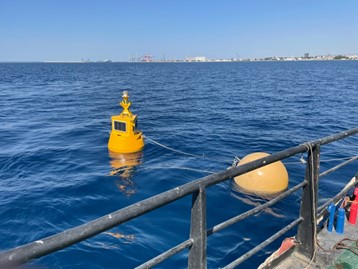
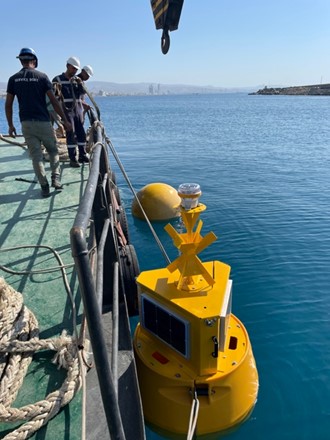

One thought on “Successful Integration & Deployment of Oceanographic Buoys off the Coast of Limassol”
Comments are closed.